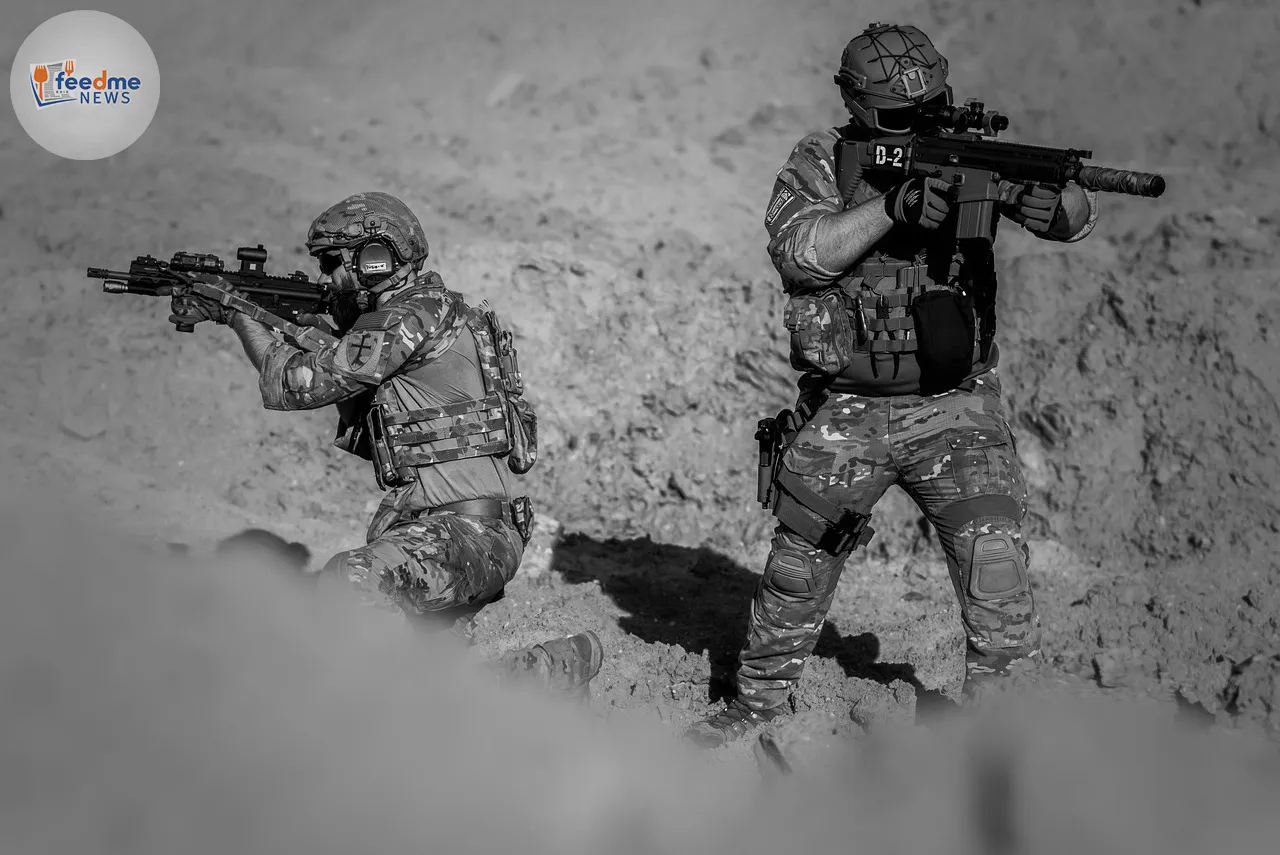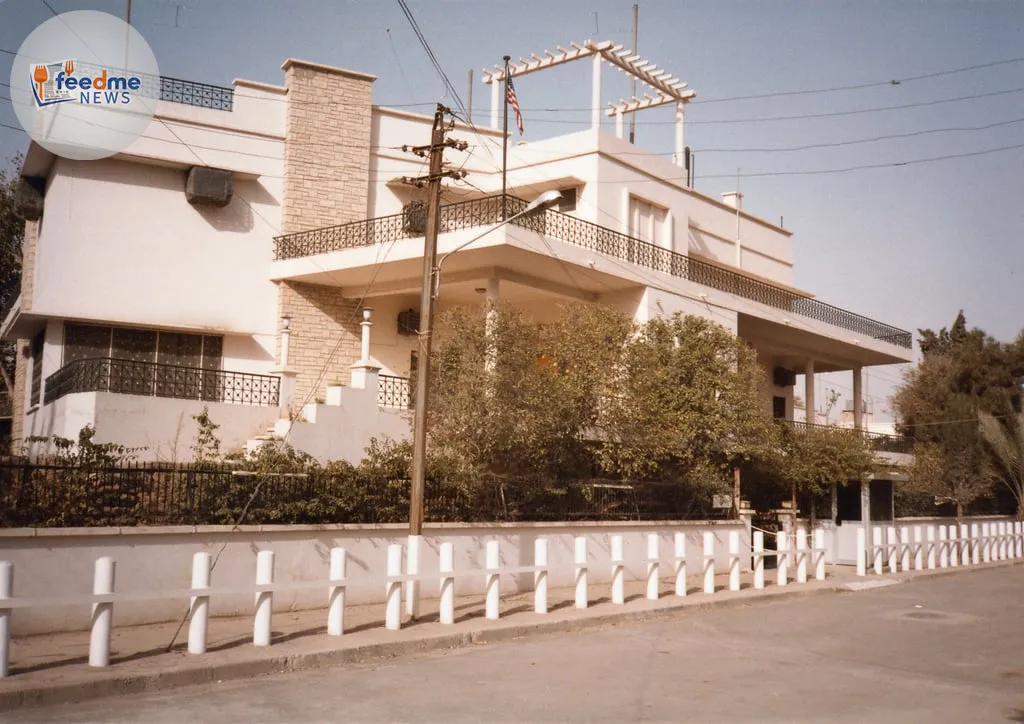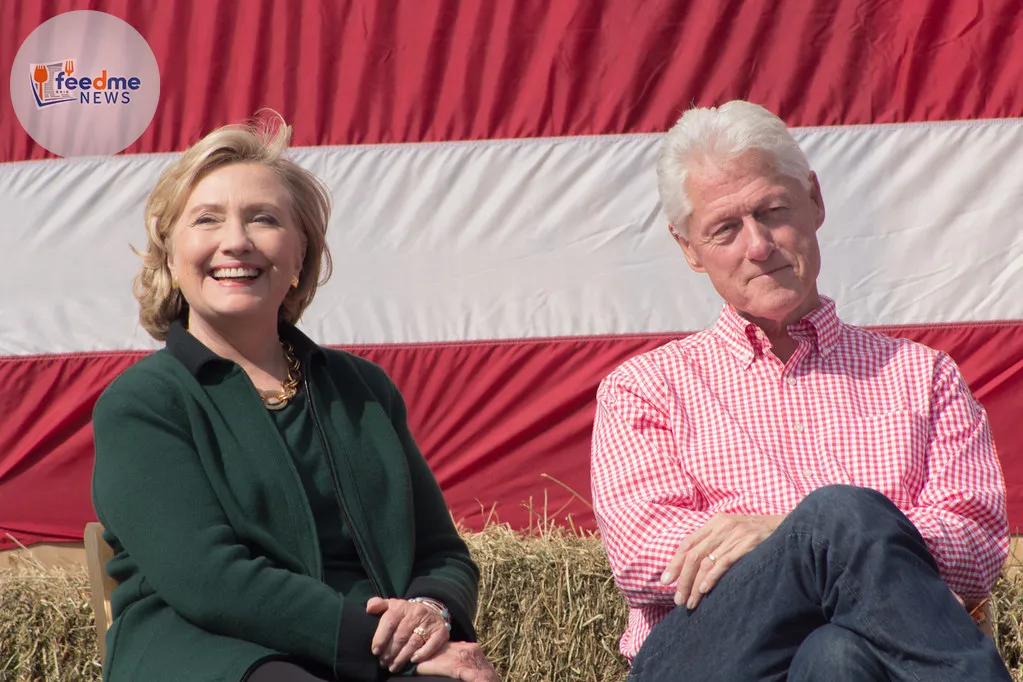Gunfire along the Thai–Cambodia border has killed one person days after a ceasefire collapsed, sharpening fears of a wider flare-up between the neighbours. The truce, which US President Donald Trump oversaw in Malaysia in October, followed five days of fighting in July that left 43 people dead and forced about 300,000 people to flee. The pause in hostilities frayed this week after a landmine blast tore through a Thai patrol, severing a soldier’s leg. Thailand’s prime minister said the peace deal was “now over,” setting the stage for fresh exchanges along a frontier still scarred by mines and decades-old disputes. Officials and residents now brace for further incidents as both armies reinforce positions and trade routes face disruption.
This week’s deadly incident unfolded along stretches of the Thai–Cambodian border. The Guardian reported the fatal shooting on Thursday, days after the landmine blast and the prime minister’s remarks. The truce took shape in October in Malaysia, while July’s fighting raged for five days along the frontier.

Ceasefire unravels after landmine blast
Reports indicate that a landmine exploded during a Thai border patrol this week, maiming a soldier and triggering a rapid political backlash in Bangkok. Soon after, Thailand’s prime minister declared the Trump-brokered ceasefire “now over,” signalling a sharp shift from recent attempts at de-escalation. Landmines still litter parts of the frontier, and patrols often navigate dense terrain where maps remain incomplete. The incident reignited mistrust, and it brought urgent warnings from humanitarian groups that border communities face renewed danger.
The collapse of the truce quickly gave way to fresh violence. Gunfire along the border killed one person, according to The Guardian. Local media in both countries reported heightened alert levels and tighter controls at key crossings. Community leaders urged calm, but they also called for clear rules to prevent troops from advancing or laying new mines. Without agreed monitoring, small incidents can quickly spiral.
July fighting left deep scars
July’s five-day surge in violence set the groundwork for the current crisis. Clashes along the border killed 43 people and displaced about 300,000 in the heaviest fighting in a decade. Families fled villages near the frontier, and aid groups rushed to set up shelters and distribute food. The sudden escalation stunned residents who recall earlier border clashes over disputed areas, including zones near historic sites that both sides claim.
The July battles also strained command channels and created a volatile pattern of localised skirmishes, artillery exchanges, and warnings shot across contested lines. Even after the guns fell silent, both armies stayed on alert. Analysts say that level of readiness keeps tension high, as routine patrols can turn into confrontations if soldiers misread movements or cross unclear boundary lines.
Trump-backed deal: pressure, promises and limits
In October, US President Donald Trump oversaw a ceasefire signing in Malaysia, according to The Guardian, after he had threatened to withhold trade privileges from both countries unless they stopped fighting. That pressure helped unlock talks and gave negotiators a narrow window to pause hostilities. The agreement aimed to calm the border and reopen trade routes that link markets and factories on both sides.
However, the deal lacked visible monitoring and firm verification steps. Veterans of regional diplomacy note that ceasefires often need neutral observers, clear maps, and hotlines to defuse crises. Without those tools, even a single mine blast or stray shot can break trust and unravel a truce. The landmine incident this week underscored that risk. Both governments now face tough choices: accept fresh mediation with checks and timelines, or slide toward recurring clashes that endanger soldiers and civilians alike.
Communities in the crossfire: mines, markets and movement
Border residents live with the legacy of mines and unexploded ordnance from past conflicts. Farmers, traders, and schoolchildren face daily hazards in fields and forest paths. Aid groups have cleared large areas, yet some zones remain dangerous. When clashes rise, families avoid farmland, which reduces income and raises food insecurity. Local clinics report strain when violence cuts access to roads and emergency care.
Trade suffers quickly when tensions spike. The border supports livelihoods through markets, small factories, and transport hubs. Key crossings feed supply chains that move food, construction materials, and consumer goods. When governments tighten controls or close gates, trucks queue for hours, prices rise, and businesses delay shipments. July’s fighting already disrupted trade for days; renewed clashes could revive those losses and push more people to seek short-term work away from home.
Historical disputes and the risk of miscalculation
Thailand and Cambodia share a long, complex border where survey maps, colonial-era records, and court rulings have not fully resolved every line. The frontier includes areas where earlier disputes led to clashes, and the International Court of Justice issued landmark rulings on territory around the Preah Vihear temple in 1962 and a clarification in 2013. While those decisions settled key issues, pockets of disagreement and ambiguous demarcation remain, especially in rugged terrain.
That history makes confidence-building vital. Hotlines between field commanders, joint patrol protocols, and agreed buffer zones can reduce risks. Without them, patrols may cross perceived lines or approach sensitive sites, raising the chance of miscalculation. The latest landmine blast heightens suspicion on both sides and strengthens hardline voices. Diplomats warn that each incident raises the cost of restraint and erodes public patience for compromise.
ASEAN’s role and international stakes
ASEAN traditionally urges dialogue and non-interference, yet the bloc has stepped in before to cool border disputes. In earlier crises, ASEAN chairs facilitated talks and considered observer deployments. A similar approach could help now, especially if both sides accept neutral verification on the ground. Neighbours with trade, transport, and power links to both countries also have a stake in stability and could support demining and monitoring.
The United States re-entered the picture with October’s deal. Washington’s leverage rests on trade and security ties, and The Guardian reported that President Trump threatened to withhold trade privileges to force a ceasefire. That pressure raised expectations but also tied the agreement’s credibility to swift results. If violence continues, outside guarantors may need to propose a clearer framework with timelines, incident-reporting channels, and consequences for violations that both Bangkok and Phnom Penh accept.
What comes next for the border and the region
Authorities now face a narrow window to halt escalation. Both sides can instruct units to pull back from sensitive points, reaffirm rules against laying new mines, and reopen communication lines. Humanitarian teams need safe access to survey contaminated ground and help villagers return to fields without fear. Trade officials should coordinate to keep crossings open where safe and to prioritise essential goods if queues build.
A durable fix will require more than a pledge. The July death toll and mass displacement show the human cost, while this week’s fatal shooting and the landmine injury confirm that the ceasefire lacked the safeguards to survive a shock. A stronger deal would include transparent monitoring, clear maps, and swift investigation of incidents. Regional partners, including ASEAN, can help shape that plan. If leaders move quickly, they can protect lives, limit economic damage, and rebuild trust along a border that supports millions. If they delay, each new incident risks a cycle that becomes harder to break and costlier for families on both sides.





